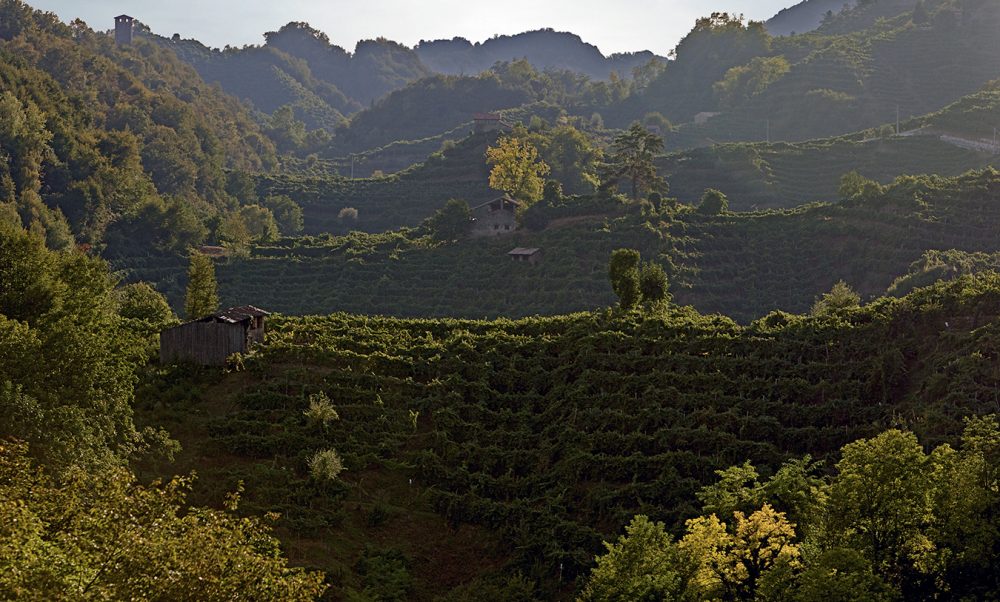Champagne producers love to remind us that all champagne is sparkling wine, but not all sparkling wine is champagne. Now Italian sparkling wine growers in the prosecco zone, the hills to the north of Venice, have a story of their own to tell.
If you are unaware, Italy’s popular fizz has undergone some significant changes to its production regulations, designed to improve its image and propel its top examples into the milieu of bubbles that, while not champagne, are among the best sparkling wines in the world.
Authorities have delineated two prosecco zones. The former Indicazione Geografica Tipica (IGT) zone, which lies in the plains between Friuli and Veneto, has been upgraded to Denominazione di Origine Controllata (DOC) status, while the original Prosecco di Conegliano Valdobbiadene Superiore DOC zone has become a Denominazione di Origine Controllata e Garantita (DOCG) from the 2009 vintage onwards. Both areas have legislated a reduction in output, but the big benefit to consumers is a more orderly prosecco category by style, quality and price.
Prosecco, the wine, used to be made from prosecco, the grape, but by 2011, anyone residing outside of the DOC/DOCG zone will have to call their grapes glera, a synonym for prosecco, to further tighten the authenticity of the DOCG prosecco shipped out of Italy.
Earlier this spring, I spent a couple of days visiting the DOCG zone and was suitably impressed by the steep, sloped vineyards that dominate the landscape. I learned that under the revised rules, members of DOCG are touting a number of new rive labels. Rive, in the local dialect, aptly describes the vineyards planted on steep lands.
This subcategory produces yet again lower yields, is all hand harvested and must be vintage dated. The prestigious Cartizze, the first rive to be labelled, remains the star of the DOCG production area.
In the coming years, growers expect to exploit scores of unique rive, each bearing a different name and speaking to a specific terroir that should give rise to a better understanding of prosecco’s most prominent subzones and villages. Not to make too fine of a point about position and declination as it pertains to vineyards and grape growing, but there are currently 43 recognised rive in the DOCG zone.
I may know what you are thinking: prosecco is prosecco and girls just want to have fun. But in a world full of sparkling wine, often a place and a producer make all the difference—just ask the Champenois. And make sure the next time you reach for prosecco, that your adventure begins with the best, those labels bearing the DOCG Conegliano Valdobbiadene Prosecco Superiore.









